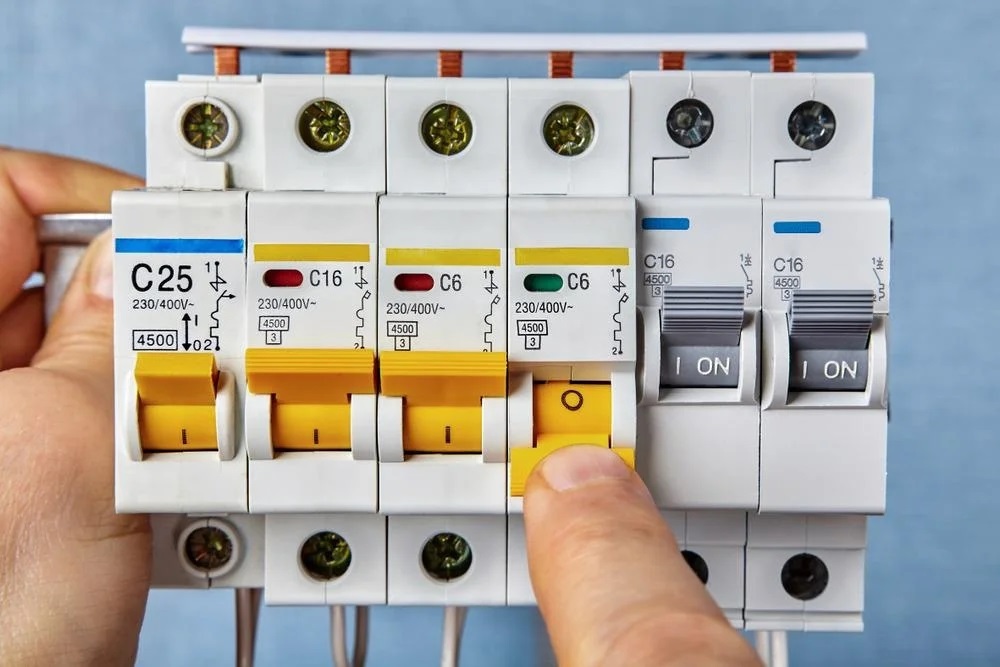

Articles
What Are Circuit Breakers
Modified: February 29, 2024
Looking for informative articles on circuit breakers? Explore our comprehensive collection of articles to understand what circuit breakers are and how they function.
(Many of the links in this article redirect to a specific reviewed product. Your purchase of these products through affiliate links helps to generate commission for Storables.com, at no extra cost. Learn more)
Introduction
When it comes to the safety and functionality of electrical systems, circuit breakers play a crucial role. These devices act as a protective barrier between electrical appliances and the power supply, preventing overloads and short circuits that could lead to fire hazards or damage to the appliances. Understanding what circuit breakers are and how they work is essential for homeowners, electricians, and anyone who interacts with electrical systems.
A circuit breaker is an electrical switching device that automatically interrupts the flow of electricity in a circuit when it detects a fault or an excessive amount of current. Essentially, it acts as a safety mechanism that terminates the power supply to prevent any potential damage.
The primary purpose of a circuit breaker is to protect electrical systems and devices from potential hazards that can occur when the current exceeds the safe operating range. By interrupting the flow of electricity, circuit breakers prevent overheating and reduce the risk of electrical fires.
There are several types of circuit breakers, each designed for specific applications and electrical systems. The most common types include thermal, magnetic, and thermal-magnetic circuit breakers. Thermal circuit breakers use a bimetallic strip that bends and breaks the circuit when it reaches a specific temperature. Magnetic circuit breakers, on the other hand, rely on an electromagnet that trips the circuit when an excessive current is detected. Thermal-magnetic circuit breakers combine the elements of both thermal and magnetic technologies, offering enhanced protection.
So how exactly do circuit breakers work? When the electrical current passing through a circuit exceeds the safe limit, the circuit breaker trips and interrupts the flow of electricity. The mechanism behind this process involves an internal mechanism that detects excessive currents or abnormal conditions. Once triggered, the circuit breaker disconnects the circuit, cutting off the power supply instantaneously, and protects the circuit from further damage.
Having functioning circuit breakers is of utmost importance in electrical systems. They provide a level of safety and protection that helps prevent accidents and minimize the risk of electrical shocks and fires. Without circuit breakers, electrical systems would be exposed to constant hazards and dangers, making them highly unreliable and prone to catastrophic failures.
Like any electrical component, circuit breakers can encounter issues and malfunctions. Common problems include tripping for no apparent reason, not tripping when needed, or difficulty in resetting after a trip. In such cases, troubleshooting the circuit breaker is necessary to identify the underlying cause and ensure proper functioning.
When working with circuit breakers, safety should always be a top priority. It is crucial to follow proper procedures, including de-energizing the circuit before working on the breaker, using appropriate personal protective equipment, and consulting a qualified electrician if needed. Adhering to these safety tips can prevent accidents and electrical hazards.
Overall, circuit breakers are essential components in electrical systems, providing protection against current overloads and faults. Understanding their function, types, and troubleshooting techniques is vital for maintaining the safety and functionality of electrical installations. With the right knowledge and precautions, circuit breakers can ensure the reliable and safe operation of electrical systems for both residential and commercial applications.
Key Takeaways:
- Circuit breakers are crucial safety devices that protect electrical systems from hazards like overloads and faults. Understanding their types, functions, and troubleshooting is essential for maintaining safe and reliable electrical installations.
- Safety is paramount when dealing with circuit breakers. Prioritize de-energizing circuits, using personal protective equipment, and consulting professionals for troubleshooting. Understanding the importance and mechanics of circuit breakers ensures the safety and functionality of electrical systems.
Read more: What Are Breakers
Definition of Circuit Breakers
A circuit breaker is an electrical switching device that is designed to protect electrical circuits from excessive current, faults, and overloads. It acts as a safety mechanism that automatically interrupts the flow of electricity when it detects abnormalities in the circuit. By doing so, it helps prevent potential hazards such as electrical fires, equipment damage, and electrical shocks.
In simpler terms, a circuit breaker is like a security guard stationed at the entrance of an electrical circuit. It constantly monitors the flow of electricity and, if necessary, blocks the current from passing through when there is a problem. This interruption of the circuit helps protect the wiring, appliances, and other electrical components connected to it.
When an excessive current or a fault occurs, such as a short circuit or a ground fault, the circuit breaker trips. Tripping refers to the mechanism of opening the circuit and stopping the flow of electricity. This fast and automatic response prevents the current from exceeding safe limits and causing damage to the electrical system.
It’s important to note that circuit breakers are different from fuses. While both serve as protective devices, circuit breakers are reusable and can be manually reset after they trip, whereas fuses are one-time-use devices that need to be replaced once they blow.
Circuit breakers are typically installed in electrical panels or distribution boards, where they control individual circuits or groups of circuits that are connected to various appliances or areas. They are often identified by their ampere rating, which indicates the maximum current the circuit breaker can handle before it trips.
Modern circuit breakers are designed to withstand different levels of current and have various mechanisms for detecting abnormalities. Some common types include thermal breakers, magnetic breakers, and thermal-magnetic breakers, each with its own unique characteristics and applications.
In summary, circuit breakers are essential electrical devices that protect circuits from excessive current, faults, and overloads. They monitor the flow of electricity and automatically interrupt it when abnormalities occur, ensuring the safety and functionality of electrical systems.
Purpose of Circuit Breakers
Circuit breakers serve a critical purpose in electrical systems – they are designed to protect circuits and connected devices from potential hazards that can occur due to excessive current, faults, and overloads. Understanding the purpose of circuit breakers is essential for ensuring the safety and longevity of electrical installations.
The primary purpose of circuit breakers is to prevent electrical circuits from experiencing currents beyond their intended capacity. When too much current passes through a circuit, it can result in overheating, damage to equipment, fires, and electrical shocks. A circuit breaker acts as a safety mechanism that detects abnormalities in the flow of electricity and interrupts the circuit to mitigate these risks.
Circuit breakers are designed to monitor the current flowing through a circuit and quickly interrupt the flow if it exceeds a predetermined limit. This limit is known as the circuit breaker’s ampere rating. When the current surpasses the rating, the circuit breaker “trips” and stops the flow of electricity, effectively preventing any further damage or safety hazards.
One of the important functions of circuit breakers is to protect against short circuits. A short circuit occurs when there is an unintended direct connection between the live wire and the neutral wire, bypassing the normal resistance of the circuit. This can lead to a significant increase in current, potentially resulting in overheating, electrical fires, and damage to connected devices. By quickly interrupting the circuit, circuit breakers prevent these hazardous situations.
Another purpose of circuit breakers is to protect against overloads. Overloads can happen when there are too many electrical devices connected to a single circuit, or when devices with high power demands are used simultaneously. This can cause the current to exceed the safe operating limits of the circuit and lead to overheating and potential damage. Circuit breakers are designed to detect and handle these overloads, preventing damage to the wiring and devices.
Circuit breakers also offer the advantage of convenience and ease of use. In the event of a trip, circuit breakers can be easily reset by flipping the switch or pressing a button. This eliminates the need for replacements like fuses, which have to be manually replaced each time they blow. Circuit breakers provide a more efficient and cost-effective solution for protecting electrical circuits.
In summary, the purpose of circuit breakers is to safeguard electrical systems and connected devices from potential hazards caused by excessive current, faults, and overloads. By automatically interrupting the flow of electricity when abnormalities are detected, circuit breakers prevent overheating, fires, equipment damage, and electrical shocks. They play a crucial role in maintaining the safety and functionality of electrical installations.
Types of Circuit Breakers
There are several types of circuit breakers available, each designed to handle specific electrical requirements and protect against different types of faults. Understanding the various types of circuit breakers is essential for selecting the right one for a specific application. Here are some of the most common types:
- Thermal Circuit Breakers: Thermal circuit breakers are the most basic and commonly used type. They operate based on the principle of heat. Inside the breaker, there is a bimetallic strip that bends due to the heat generated by the current passing through it. When the temperature exceeds a specific threshold, the strip bends further, causing the circuit to trip and interrupt the flow of electricity. Once the circuit cools down, the breaker can be manually reset. Thermal circuit breakers are suitable for protecting against overloads and excessive currents in residential and light commercial applications.
- Magnetic Circuit Breakers: Magnetic circuit breakers, also known as magnetic-hydraulic breakers, rely on an electromagnet to trip the circuit when a fault occurs. They are designed to respond to short-lived spikes in current, such as those caused by short circuits or sudden power surges. The electromagnetic coil inside the breaker generates a magnetic field, which attracts a plunger that mechanically opens the circuit. Magnetic breakers are commonly used in industrial settings and applications where precise and instantaneous tripping is required.
- Thermal-Magnetic Circuit Breakers: Thermal-magnetic circuit breakers combine elements of both thermal and magnetic technologies to provide enhanced protection. They have two trip mechanisms that work in tandem to detect both overloads and short circuits. The thermal component responds to long-term overcurrent situations, while the magnetic component reacts to short-circuit faults. Thermal-magnetic breakers are versatile and commonly used in residential, commercial, and industrial applications.
- Ground Fault Circuit Interrupters (GFCIs): GFCIs are a specialized type of circuit breaker designed to protect against ground faults, which occur when the current leaks from a live conductor to the ground. They are commonly used in areas where there is a higher risk of electrical shock, such as kitchens, bathrooms, and outdoor outlets. GFCIs monitor the current flowing in the circuit and quickly trip to prevent electrical shocks. They have a test and reset button for regular maintenance and verification of functionality.
- Arc Fault Circuit Interrupters (AFCIs): AFCIs are designed to detect and protect against arc faults, which are electrical discharges that occur when a current jumps between two conductors. These faults can lead to fires if left unchecked. AFCIs monitor the circuit for abnormal arcing and trip the breaker to prevent potential fires. They are commonly used in bedrooms, living rooms, and areas with sensitive electrical equipment.
These are just a few examples of the types of circuit breakers available in the market. Other specialized breakers include residual current circuit breakers (RCCBs), miniature circuit breakers (MCBs), and high-voltage circuit breakers. Each type has its own specific applications and features. It is important to consult with a qualified electrician or refer to the manufacturer’s guidelines to determine which type of circuit breaker is best suited for a particular electrical system.
How Circuit Breakers Work
Circuit breakers are essential components in electrical systems that automatically interrupt the flow of electricity when there is an excessive current, faults, or overloads. Understanding how circuit breakers work is crucial for ensuring their proper functioning and the safety of electrical installations.
At the core of a circuit breaker is an electromechanical mechanism that detects abnormalities in the circuit and triggers the tripping process. The tripping process involves opening the circuit and stopping the flow of electricity to prevent any potential damage or safety hazards.
When an electrical circuit operates within its safe limits, the circuit breaker allows the current to flow uninterrupted. However, if there is a fault or overcurrent condition, the internal mechanism of the circuit breaker is activated, initiating the tripping process.
The specific mechanisms may vary depending on the type of circuit breaker, but here is a general overview of the process:
- Detection: Circuit breakers have built-in sensors or mechanisms that monitor the current flowing through the circuit. These sensors can detect abnormalities such as excessive current, short circuits, ground faults, or arc faults.
- Activation of the Tripping Mechanism: When the detection mechanism identifies an abnormal condition, it sends a signal to the tripping mechanism to initiate the trip. The tripping mechanism includes devices such as electromagnets, bimetallic strips, or solid-state sensors, depending on the type of circuit breaker.
- Opening the Contacts: The tripping mechanism then acts upon the contacts of the circuit breaker, either by attracting the plunger (in the case of magnetic breakers) or causing the bimetallic strip to bend (in thermal breakers). As a result, the contacts open, interrupting the flow of electricity in the circuit.
- Isolation and Arc Interruption: Once the contacts of the circuit breaker open, it isolates the faulty circuit from the power supply. Additionally, many circuit breakers incorporate arc interruption mechanisms to extinguish the electric arc that may occur when the circuit is opened. This helps prevent fires and further damage.
- Tripped State: After the circuit has tripped, the circuit breaker remains in a “tripped” state until it is manually reset or the fault is rectified. This ensures that the circuit remains disconnected until the issue is resolved.
Once the fault has been resolved or the circuit breaker is manually reset, the contacts are closed, allowing the flow of electricity to resume through the circuit.
It is important to note that circuit breakers are designed to operate quickly and accurately. Their response time is critical in preventing damage and ensuring the safety of electrical systems. The tripping mechanisms are calibrated to activate within milliseconds, providing rapid protection against hazards.
In summary, circuit breakers work by continuously monitoring the electrical current flowing through a circuit and automatically tripping when abnormalities are detected. The internal mechanism of the circuit breaker opens the contacts, interrupting the flow of electricity and protecting against potential damage or safety hazards. Understanding the operation of circuit breakers is essential for maintaining their proper functioning and ensuring the safety of electrical systems.
When choosing a circuit breaker, make sure to consider the voltage and current ratings, as well as the type of circuit and the specific application to ensure proper protection and functionality.
Read more: What Breakers Are Compatible With Wadsworth
Importance of Circuit Breakers in Electrical Systems
Circuit breakers play a vital role in electrical systems, providing essential protection against potential hazards and ensuring the safe and efficient operation of electrical installations. Understanding the importance of circuit breakers is crucial for homeowners, electricians, and anyone who interacts with electrical systems. Here are some key reasons why circuit breakers are of utmost importance:
- Protection from Overcurrents: One of the primary functions of circuit breakers is to protect against overcurrents. Overcurrents can occur due to various factors, including faulty appliances, short circuits, or overloads. Circuit breakers detect these abnormal currents and instantly trip, stopping the flow of electricity. This quick response prevents overheating, potential electrical fires, and damage to electrical components.
- Prevention of Electrical Fires: Electrical fires can have devastating consequences, causing property damage, injuries, and even loss of life. Circuit breakers significantly reduce the risk of electrical fires by detecting and interrupting faulty circuits. By cutting off the power supply when abnormal conditions are detected, circuit breakers help prevent overheating, sparks, and other factors that can ignite a fire. They act as an essential line of defense, safeguarding both property and human lives.
- Safety for Electrical Workers: For electricians and anyone working on electrical systems, circuit breakers provide a critical safety mechanism. By tripping and cutting off the power supply, circuit breakers help protect workers from electrical shocks and injuries. They ensure that circuits are de-energized before any maintenance or repairs are carried out, allowing for a safer working environment.
- Equipment Protection: Electrical devices and appliances can be sensitive to fluctuations in the power supply. Overloading or sudden power surges can damage expensive electronic equipment, leading to costly repairs or replacements. Circuit breakers act as a barrier, preventing excessive currents and protecting the connected devices. They help extend the lifespan of electrical equipment and promote efficient operation.
- Convenience and Resetting: Unlike fuses, which need to be replaced after they blow, circuit breakers can be easily reset after a trip. This convenience not only saves time and effort but also reduces the cost of constantly replacing fuses. With a simple flip of a switch or pressing a button, the circuit breaker can be reset, allowing the electrical system to resume normal operation.
- Compliance with Electrical Codes and Safety Standards: Circuit breakers are a vital component of electrical systems, and their use is required by electrical codes and safety standards. Compliance with these regulations ensures adherence to best practices in electrical installations, minimizing the risk of accidents and ensuring the safety of occupants in residential, commercial, and industrial settings.
Ultimately, the importance of circuit breakers in electrical systems cannot be overstated. They provide critical protection against overcurrents, prevent electrical fires, promote safety for workers and occupants, safeguard electrical equipment, and ensure compliance with electrical codes and standards. By investing in reliable and properly functioning circuit breakers, individuals can greatly enhance the safety and reliability of their electrical systems.
Common Issues and Troubleshooting with Circuit Breakers
While circuit breakers are designed to be reliable and durable, they can encounter issues or malfunctions from time to time. Understanding the common problems that can arise with circuit breakers and knowing how to troubleshoot them is essential for ensuring the proper functioning of electrical systems. Here are some of the most common issues and troubleshooting steps:
- Frequent Tripping: A circuit breaker that trips frequently, even without any apparent reason, can be a sign of an underlying issue. Start by checking if the circuit is overloaded. Remove any excessive load on the circuit by unplugging devices or relocating them to other circuits. If the tripping continues, it may indicate a short circuit or a fault in the wiring. In such cases, it is recommended to consult a qualified electrician to identify and resolve the issue.
- Difficulty in Resetting: Sometimes, after a circuit breaker trips, it may be challenging to reset it. This can happen due to excessive resistance or a faulty internal mechanism in the breaker. Before attempting to reset, ensure that the load on the circuit is properly disconnected. If the issue persists, it is advisable to contact a professional electrician to examine and repair the circuit breaker.
- Burnt or Discolored Breakers: Burnt or discolored circuit breakers are signs of overheating or arcing. This can occur due to loose connections, excessive loads, or faulty wiring. If you notice any discoloration or burning on the breaker, it is crucial to have it inspected and repaired by a qualified electrician to prevent further damage or potential fire hazards.
- Tripping During Startup: Some appliances or equipment with high starting currents, such as air conditioners or refrigerators, may cause a temporary overload and trip the circuit breaker during startup. To resolve this issue, you can try moving the appliance to a separate circuit or installing a specialized circuit breaker with a higher ampere rating specifically designed to handle high inrush currents.
- GFCI Tripping: Ground Fault Circuit Interrupters (GFCIs) are designed to protect against electrical shocks, particularly in areas prone to moisture. If a GFCI trips frequently, it may indicate a leaking current or a ground fault. To troubleshoot, unplug all devices from the circuit and press the reset button. If it still trips, there may be a faulty device or wiring issue. In such cases, it is wise to consult an electrician to diagnose and rectify the problem.
- Old or Outdated Breakers: Over time, circuit breakers may become outdated or worn out. Old breakers may not provide adequate protection or may be susceptible to malfunctions. If you have an older electrical panel or suspect that the breakers are no longer reliable, it is recommended to have a professional electrician evaluate the panel and replace any outdated breakers as necessary.
It’s important to note that troubleshooting electrical issues can be complex and potentially dangerous. While some minor troubleshooting steps can be performed by homeowners, it is always advisable to consult a qualified electrician for any electrical issues or to perform repairs or replacements. Electricians have the expertise and knowledge to accurately diagnose and resolve problems, ensuring the safety and proper functioning of the electrical system.
Safety Tips for Dealing with Circuit Breakers
Working with electricity can be dangerous if proper safety precautions are not followed. When dealing with circuit breakers, it is essential to prioritize safety to prevent accidents, electrical shocks, or injury. Here are some important safety tips to consider:
- Always de-energize the circuit: Before working on or near a circuit breaker, ensure that the circuit is de-energized. Turn off the main power supply or switch off the breaker that controls the specific circuit you are working on. This prevents the risk of electric shock and protects you from accidental contact with live wires.
- Use personal protective equipment (PPE): When working with circuit breakers, wear appropriate personal protective equipment. This may include safety gloves, safety glasses, and insulated tools. Insulated gloves provide an extra layer of protection against electric shock when handling live components.
- Inspect the breaker and surroundings: Before performing any work, visually inspect the circuit breaker and its surroundings. Look for any signs of damage, loose connections, or exposed wires. If you notice any issues, contact a qualified electrician to address them before proceeding.
- Avoid overloading the circuit: Each circuit breaker has a specified ampere rating that indicates its maximum capacity. Do not exceed this rating by plugging in too many devices or appliances. Overloading a circuit can cause the breaker to trip and potentially lead to overheating and electrical fires. Distribute the load evenly among different circuits and consider installing additional circuits if needed.
- Avoid DIY repairs: Unless you have the necessary knowledge and experience, it is best to leave repairs or replacements of circuit breakers to qualified electricians. DIY repairs can be hazardous and may result in improper installations or further damage to the electrical system. Contact a professional for any issues or concerns related to circuit breakers.
- Do not force a reset: If a circuit breaker trips, do not force it back into the “on” position immediately. Tripping is an indication of an underlying problem, such as an overload or a fault. Before resetting the breaker, investigate and resolve the cause of the trip to avoid a potential hazard.
- Maintain clear access: Keep the area around the circuit breaker panel clear and accessible at all times. Avoid storing any flammable materials, liquids, or clutter near the panel. This ensures that you can quickly and safely access the circuit breakers in case of an emergency or to perform maintenance.
- Regularly test GFCIs and AFCIs: If your electrical system includes Ground Fault Circuit Interrupters (GFCIs) or Arc Fault Circuit Interrupters (AFCIs), regularly test them according to the manufacturer’s instructions. These devices provide an extra layer of safety and need to be functioning properly to protect against electrical shocks and fires.
Remember, safety should always be the top priority when dealing with electricity. If you have any doubts, concerns, or complex electrical issues, it is crucial to consult a qualified electrician. They have the expertise and knowledge to handle electrical systems safely and effectively.
Conclusion
Circuit breakers are an indispensable component of electrical systems, providing essential protection against overcurrents, faults, and overloads. Understanding the importance and mechanics of circuit breakers is crucial for maintaining the safety and functionality of electrical installations.
By automatically interrupting electrical circuits when abnormalities are detected, circuit breakers prevent potential hazards and reduce the risk of electrical fires, equipment damage, and electrical shocks. They act as the first line of defense, ensuring that electrical systems operate within safe limits and protecting both property and human lives.
Knowing the different types of circuit breakers available allows for selecting the most appropriate one for specific applications. Whether it’s a thermal breaker, magnetic breaker, or a combination of both, each type serves a unique purpose and offers distinct advantages.
While circuit breakers are designed to be reliable, they can encounter issues or malfunctions. Understanding common problems such as frequent tripping, difficulty in resetting, or burnt breakers is important for troubleshooting and resolving these issues promptly. It is important to consult a qualified electrician for complex issues or for any doubts and concerns.
Finally, when working with circuit breakers, safety should always be paramount. De-energizing the circuit, using personal protective equipment, inspecting the breaker and surroundings, and adhering to best practices ensure a safe working environment. Avoid overloading circuits, refrain from DIY repairs unless qualified, and maintain clear access to the breaker panel.
In conclusion, circuit breakers are integral to the safe and efficient operation of electrical systems. They provide protection, peace of mind, and compliance with electrical codes and safety standards. By understanding their purpose, mechanics, and troubleshooting techniques, individuals can ensure the reliability and safety of their electrical installations.
Frequently Asked Questions about What Are Circuit Breakers
Was this page helpful?
At Storables.com, we guarantee accurate and reliable information. Our content, validated by Expert Board Contributors, is crafted following stringent Editorial Policies. We're committed to providing you with well-researched, expert-backed insights for all your informational needs.
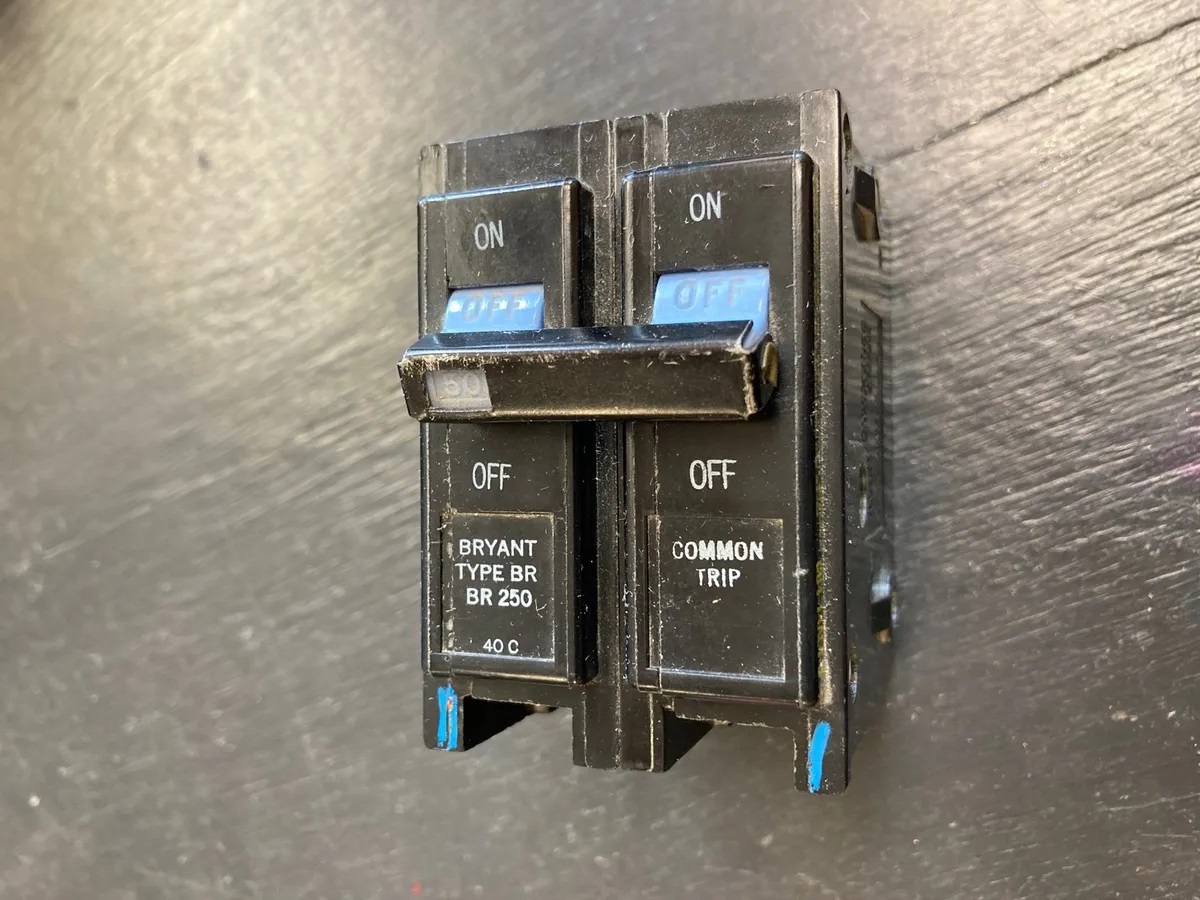
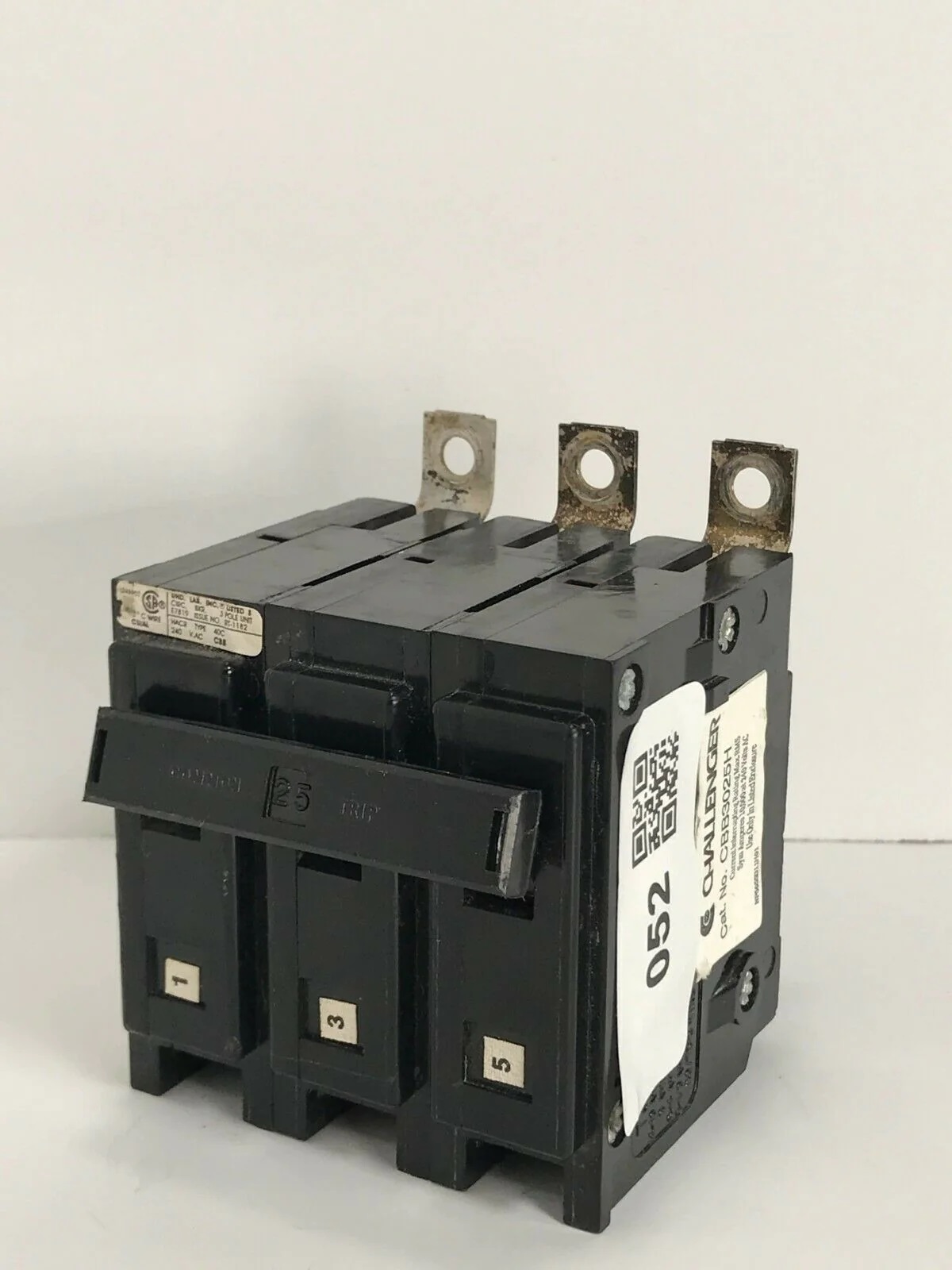
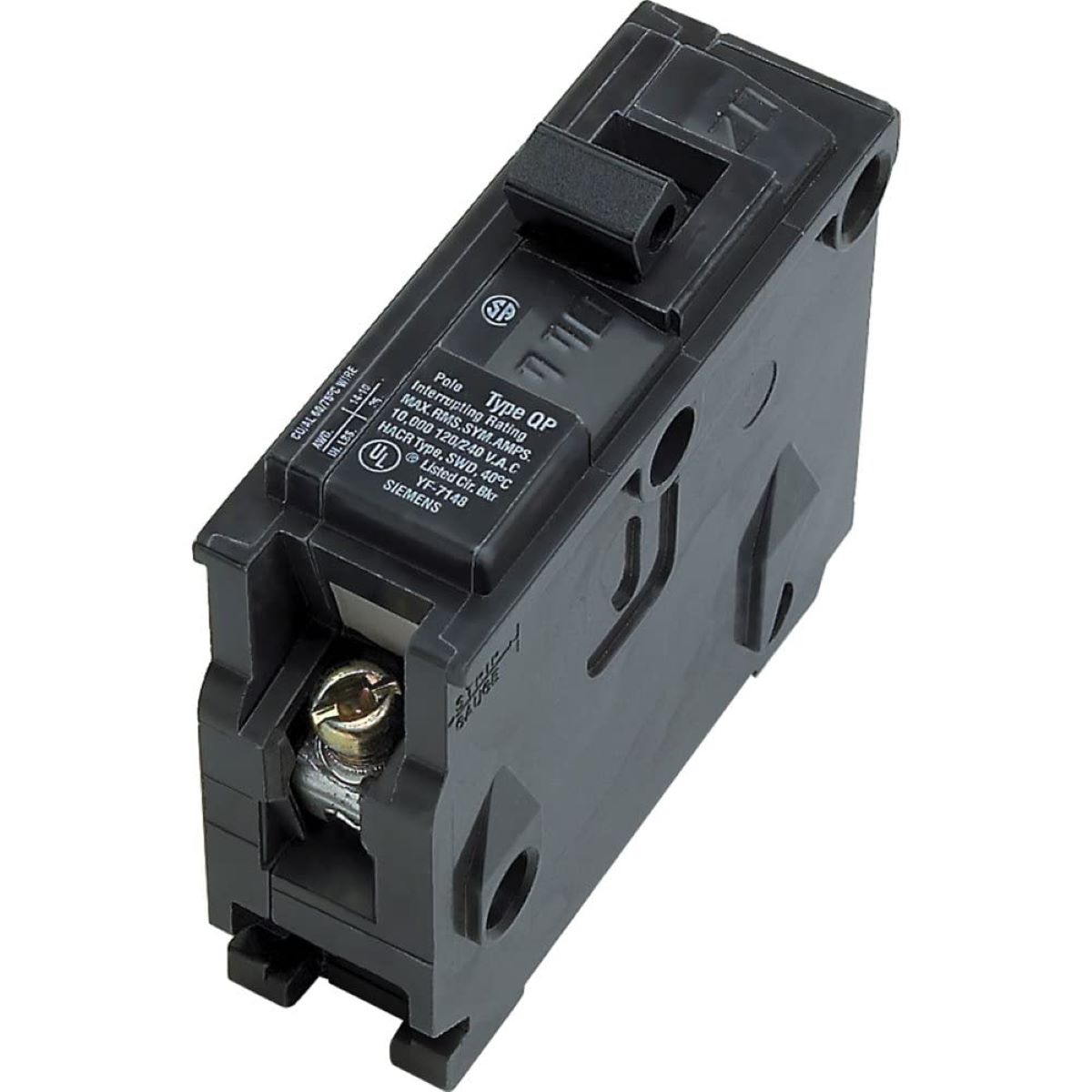
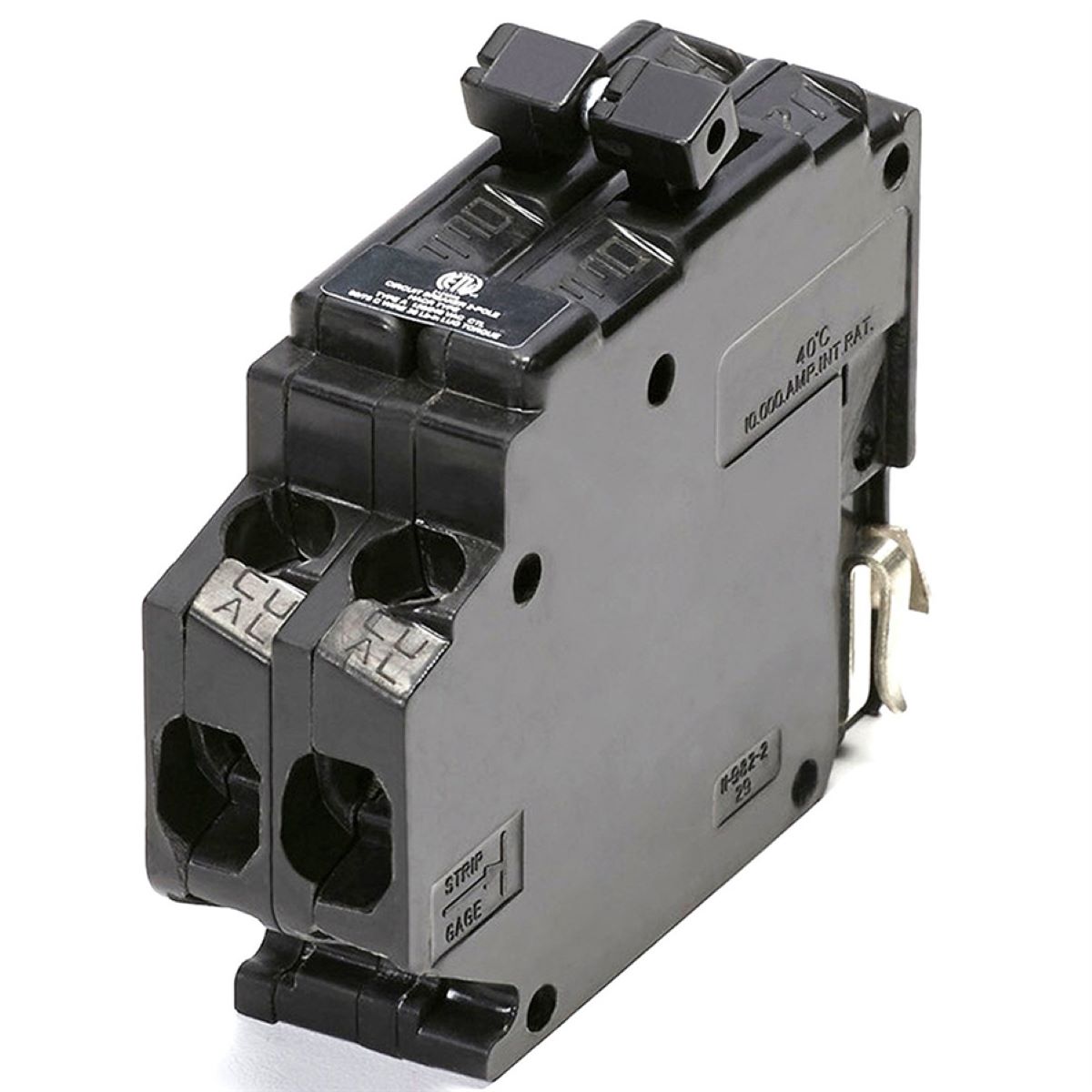
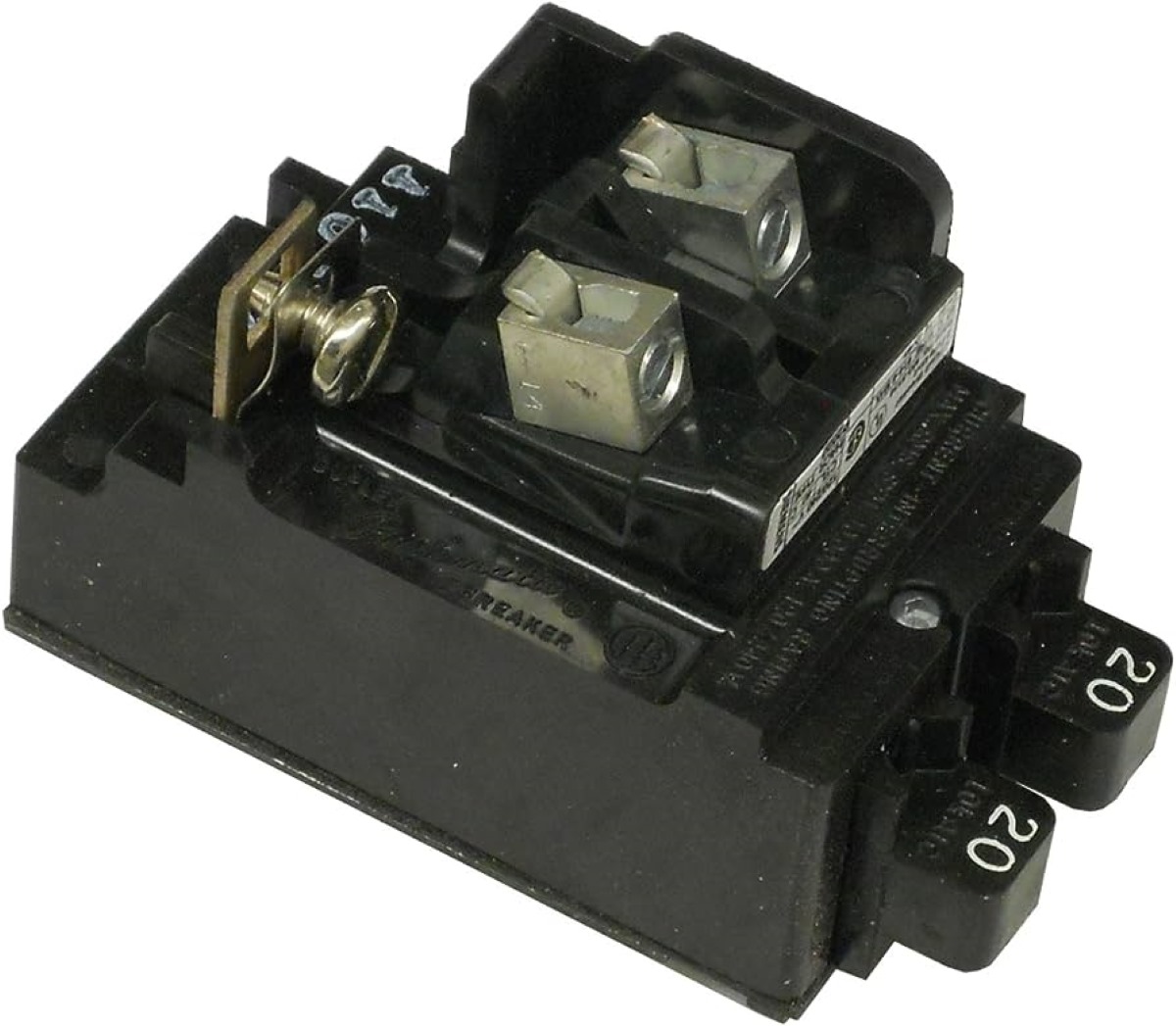
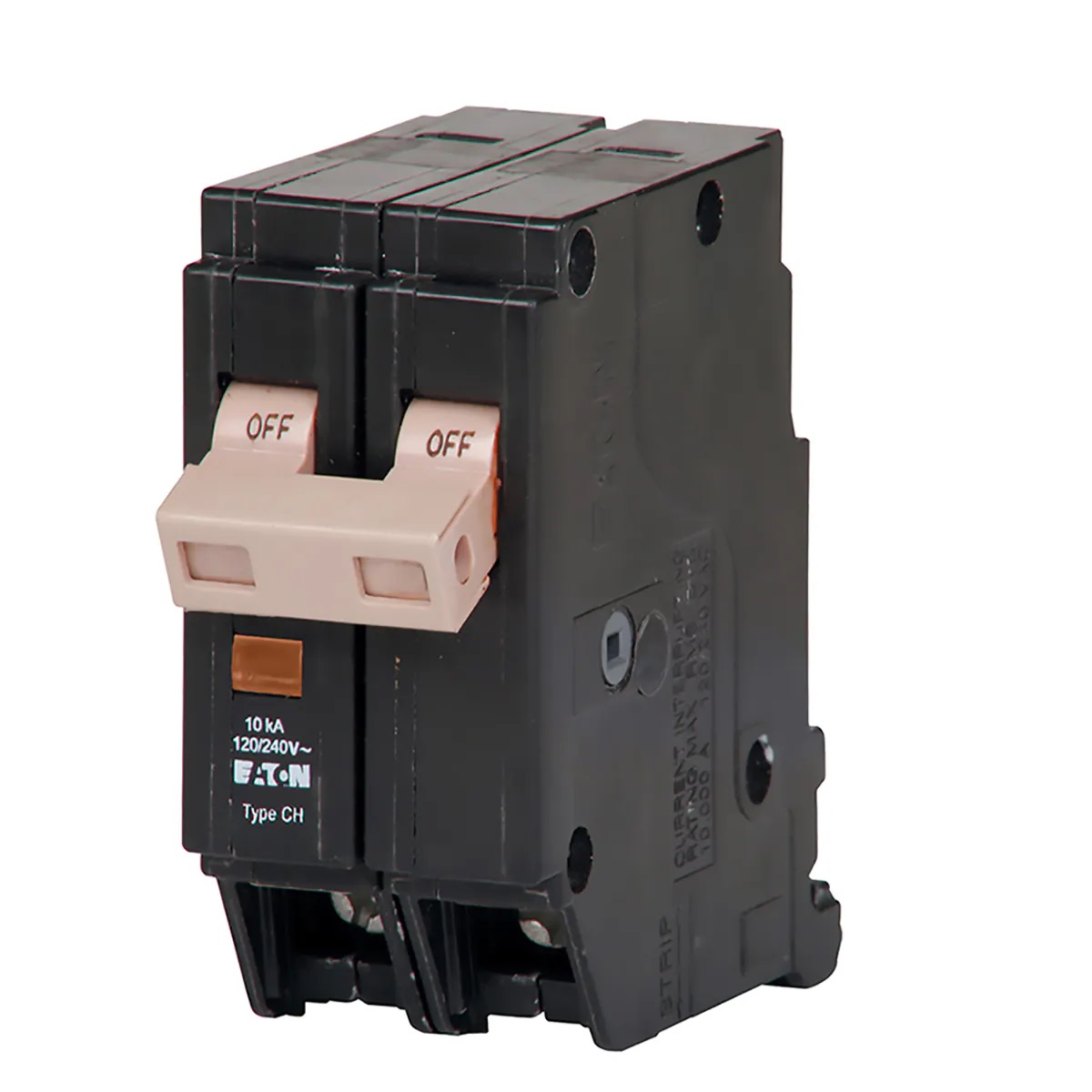
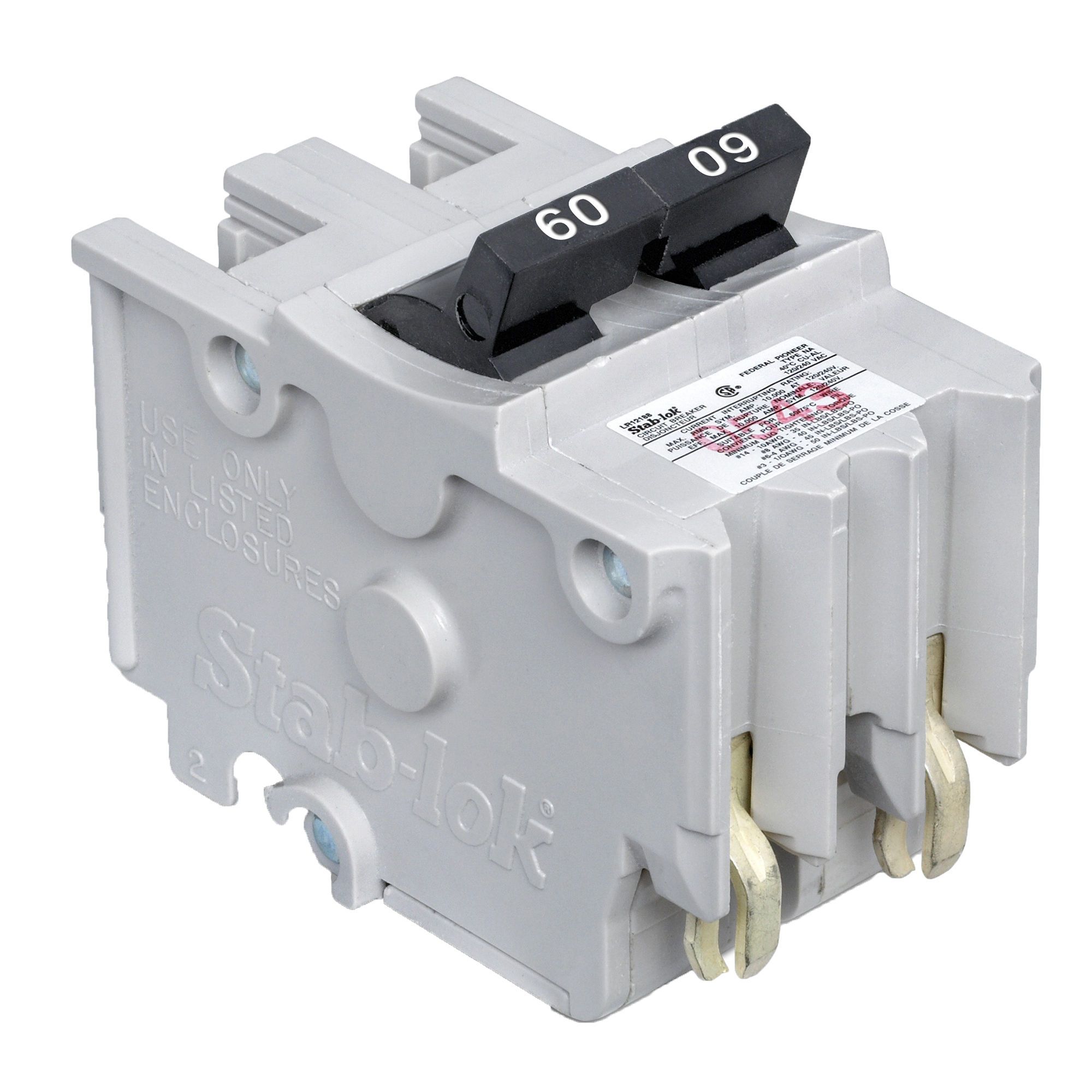

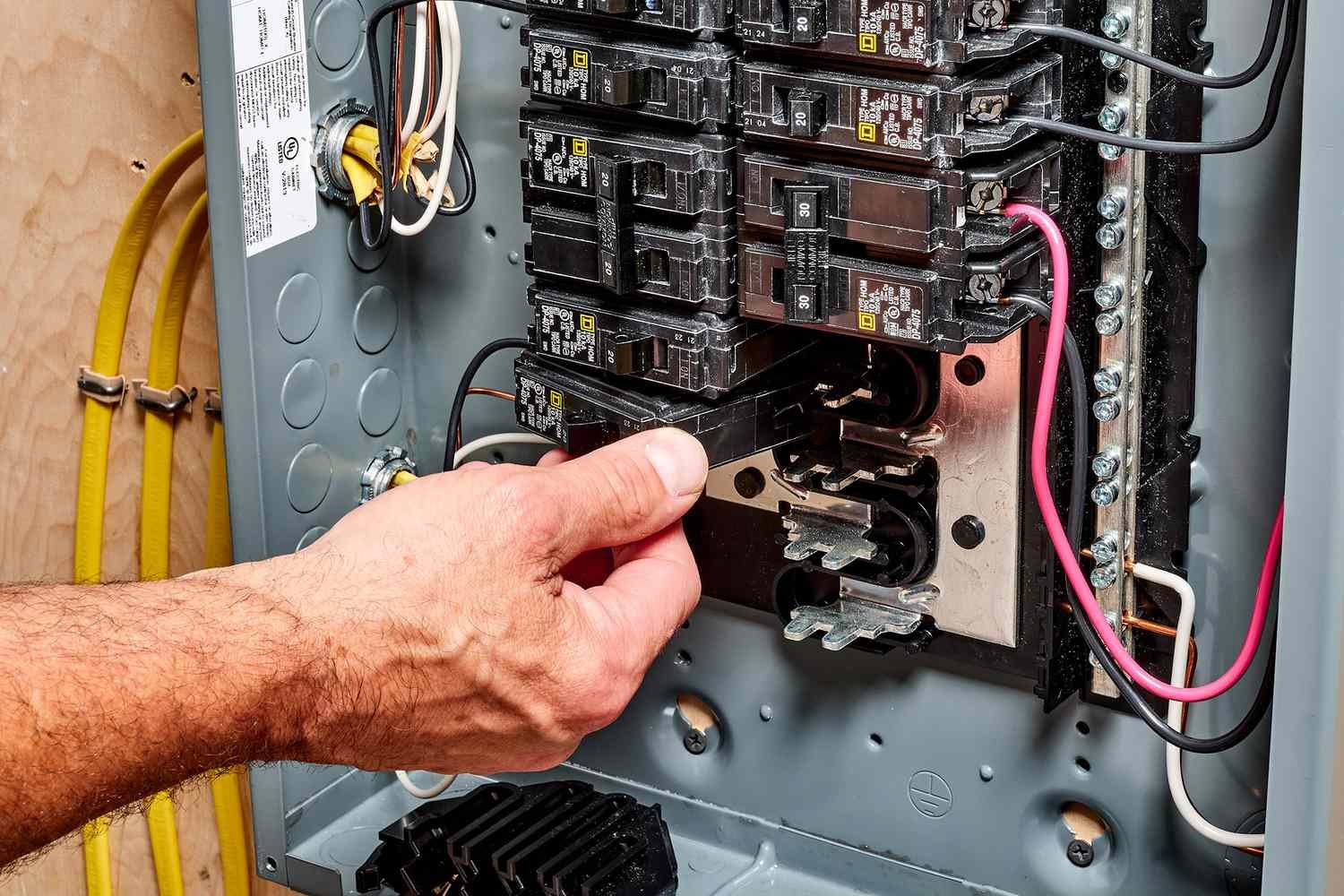
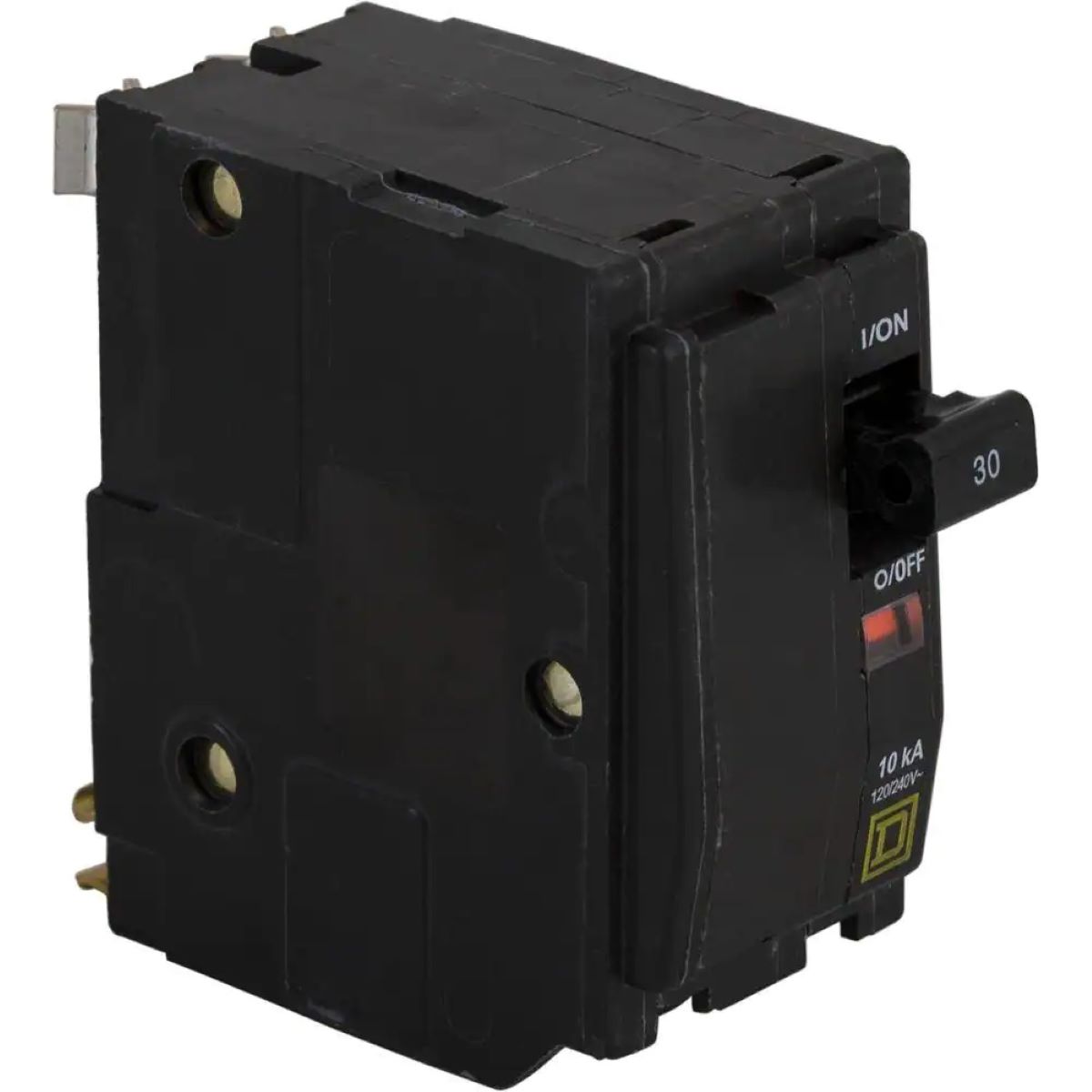
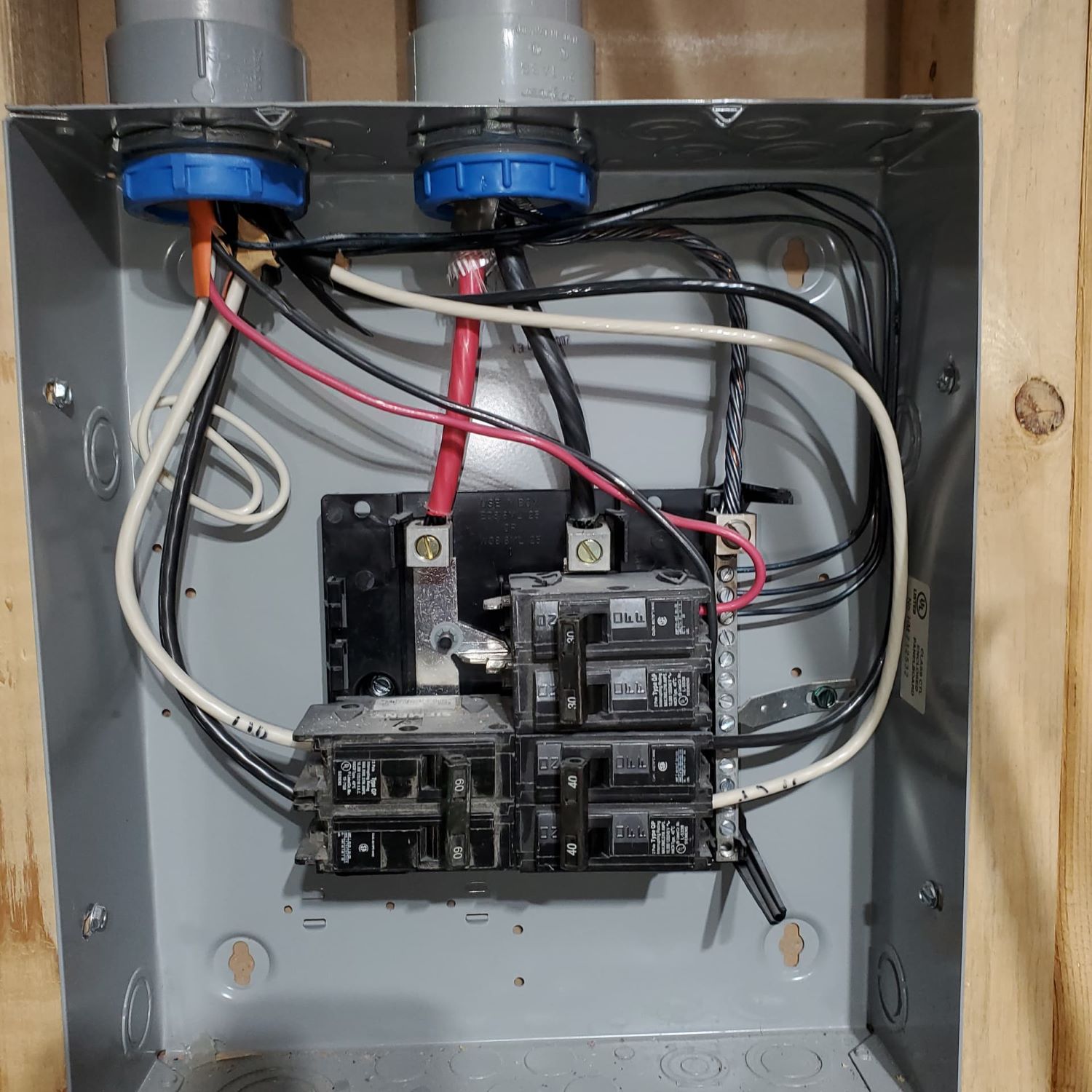
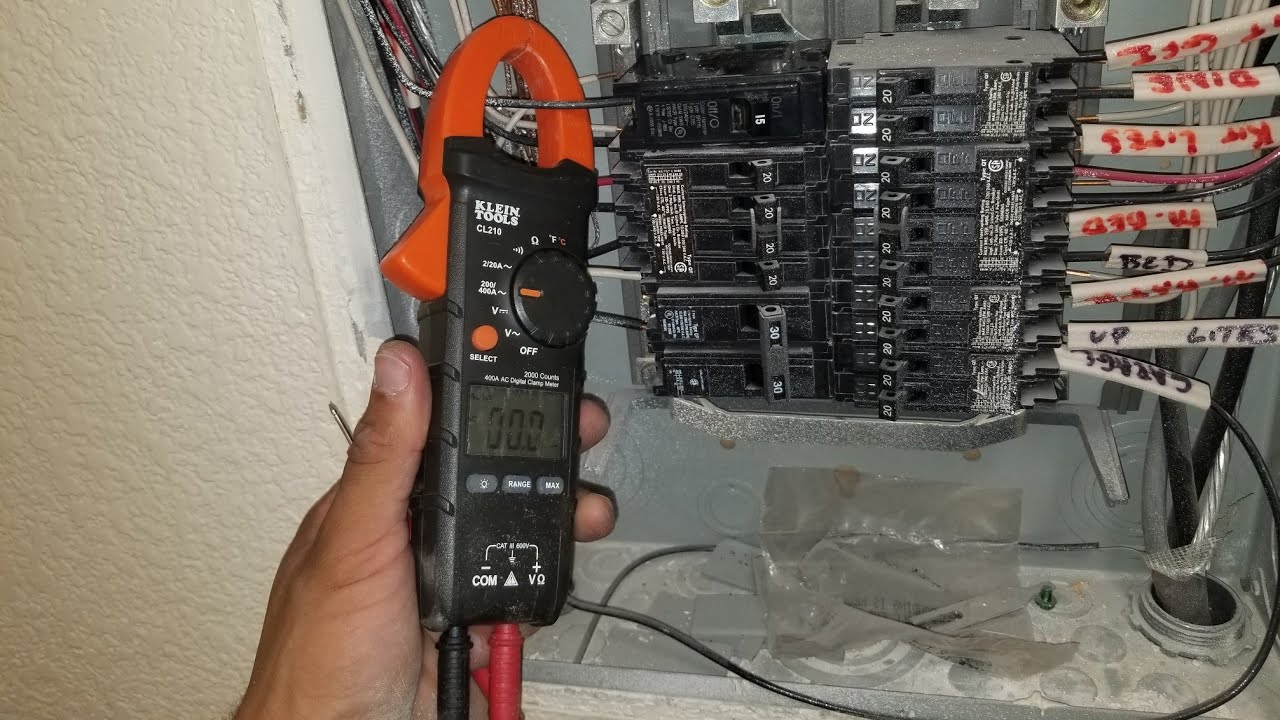
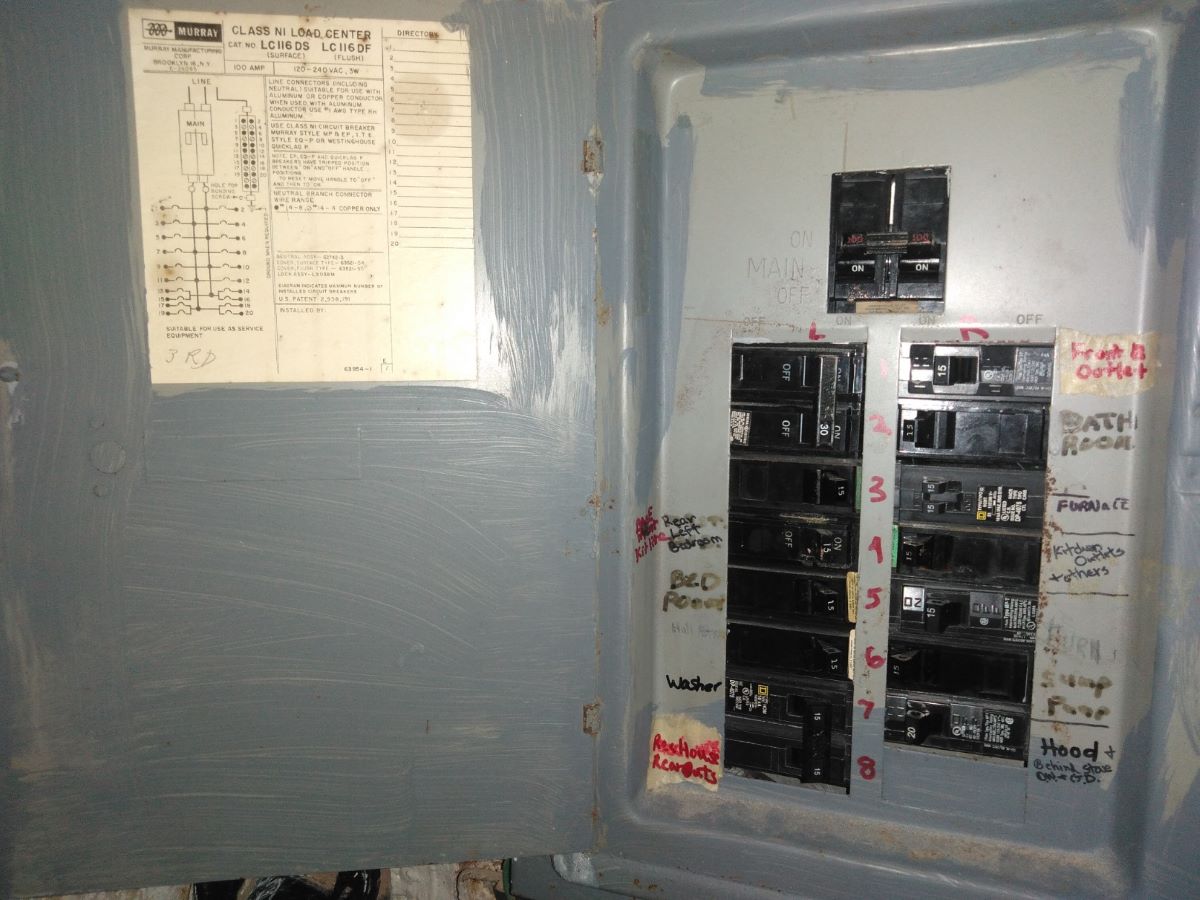
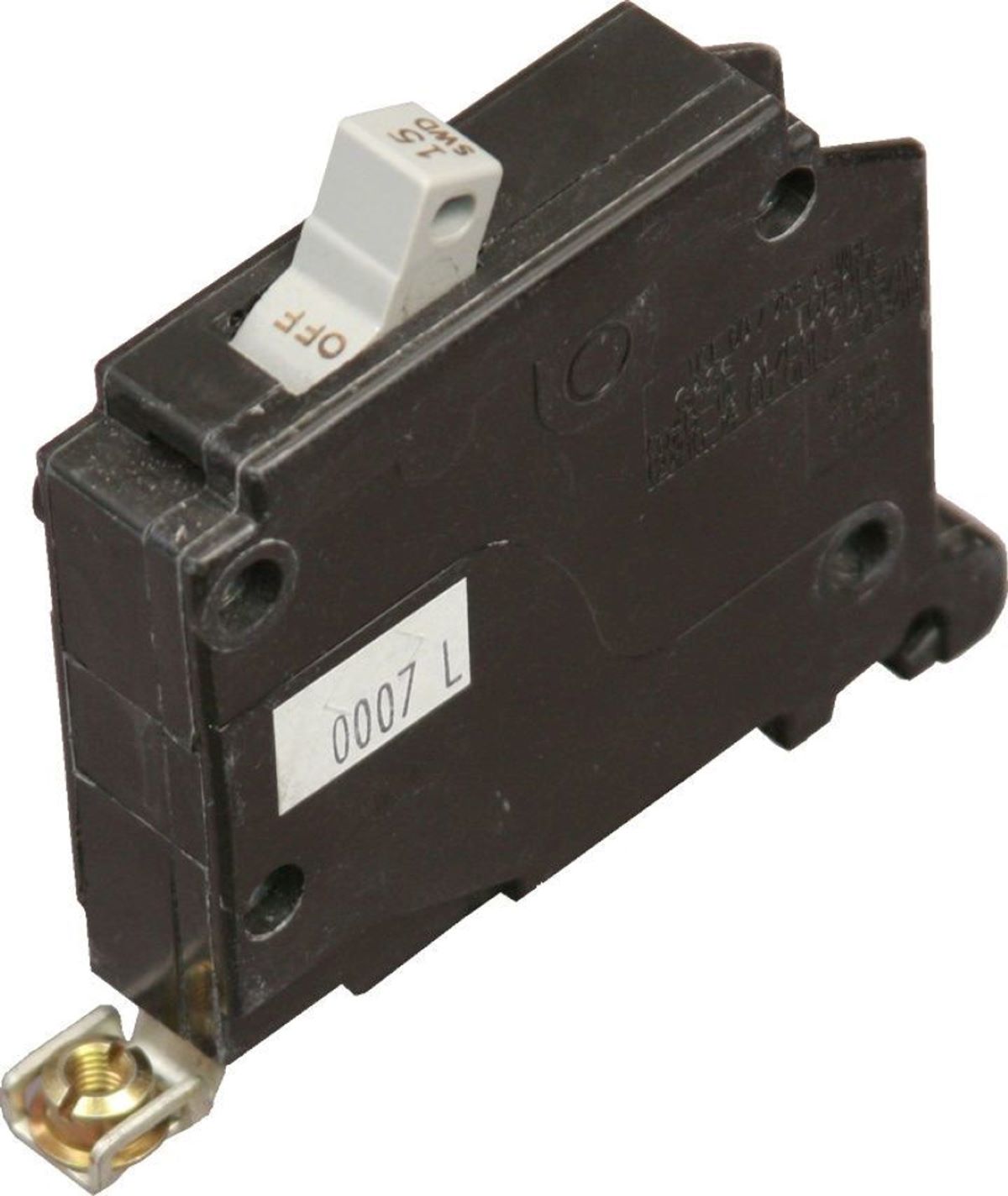

0 thoughts on “What Are Circuit Breakers”